No Man’s Sky is a massive open-world space exploration game where you travel between universes to survive and thrive across a variety of biomes. Every planet in NMS feels different from the others because the worlds are all procedurally-generated.
There are a variety of different biomes to explore across millions of planets, not all of which are safe or valuable to an interplanetary explorer. Some biomes are welcoming, allowing you to settle down and harvest resources, while others are hostile with alien creatures looking to destroy you.
So how do you know which planet types are safe to inhabit? We’ve made a tier list of all the different planet types in NMS so you can choose your level of difficulty when you make landfall. Each planet type offers its own challenges, so you should know what you’re in for.
Planet types in NMS
After several updates, NMS now provides players with 11 different biomes to choose from. Every planet is rendered in gorgeous detail, and you can see them from a variety of camera angles. Some of the most perfect biomes might attract other hostile aliens to them, making them challenging to inhabit.
Here are all the planet types in NMS:
- Volcanic
- Radioactive
- Scorched
- Lush
- Barren
- Dead
- Exotic
- Frozen
- Toxic
- Weird
- Marsh
The best planet biomes for base-building in NMS
In terms of habitability, here’s how we would rank the 11 different planet types.
11) Volcanic
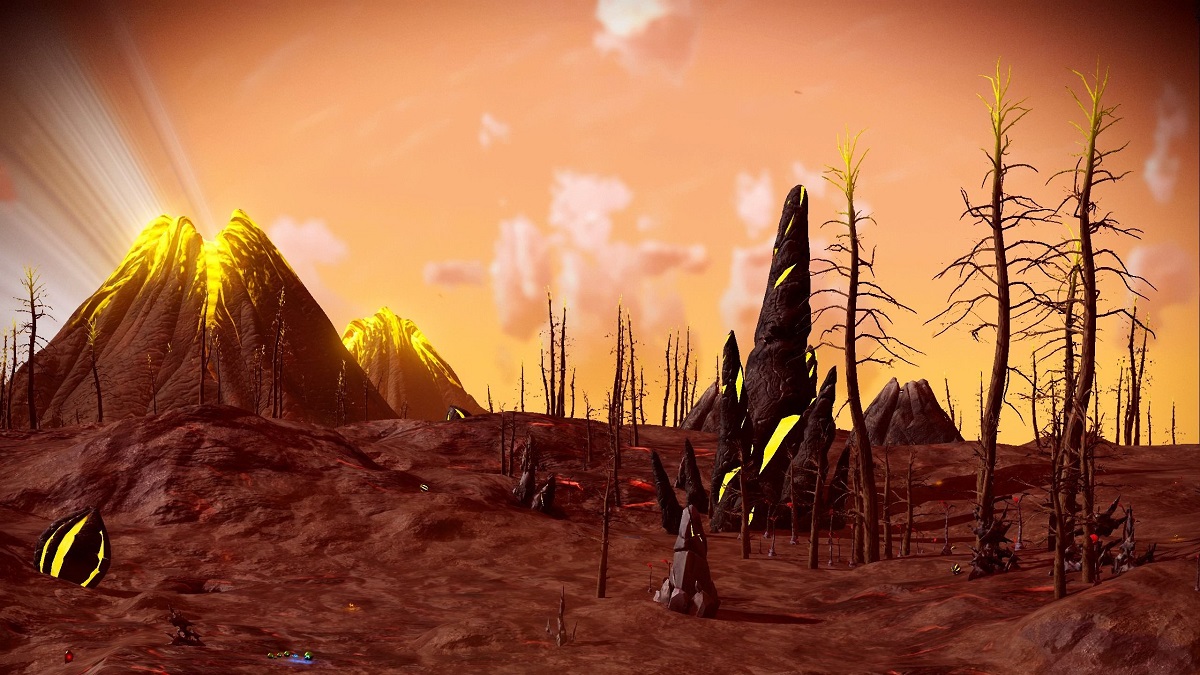
As the name suggests, Volcanic planet types are covered in volcanoes. The terrain is always burning and the random eruptions make finding a safe spot to land almost impossible. The fumes from these volcanoes also make the air highly toxic which makes sustaining life here incredibly difficult. Because of these factors, Volcanic planets are by far the most difficult archetype of planet to colonize.
Creating a home base here is also not recommended because the chaotic nature of these planets may lead to several of them having unstable cores prone to detonation. If you don’t want your first home to be blown apart, we recommend using these planet types as a pit stop to mine for resources instead. This is because you will find some of the rarer resource types here.
Basalt, Sulphurine, and Pyrite are some of the variety of resources that you will find on Volcanic planets, so if you are running low on them, you know where to go. Just make sure to have enough materials on hand to replenish your bio-hazard suits because the ground will periodically ignite and drain the durability of your suit, leaving you in trouble.
10) Radioactive
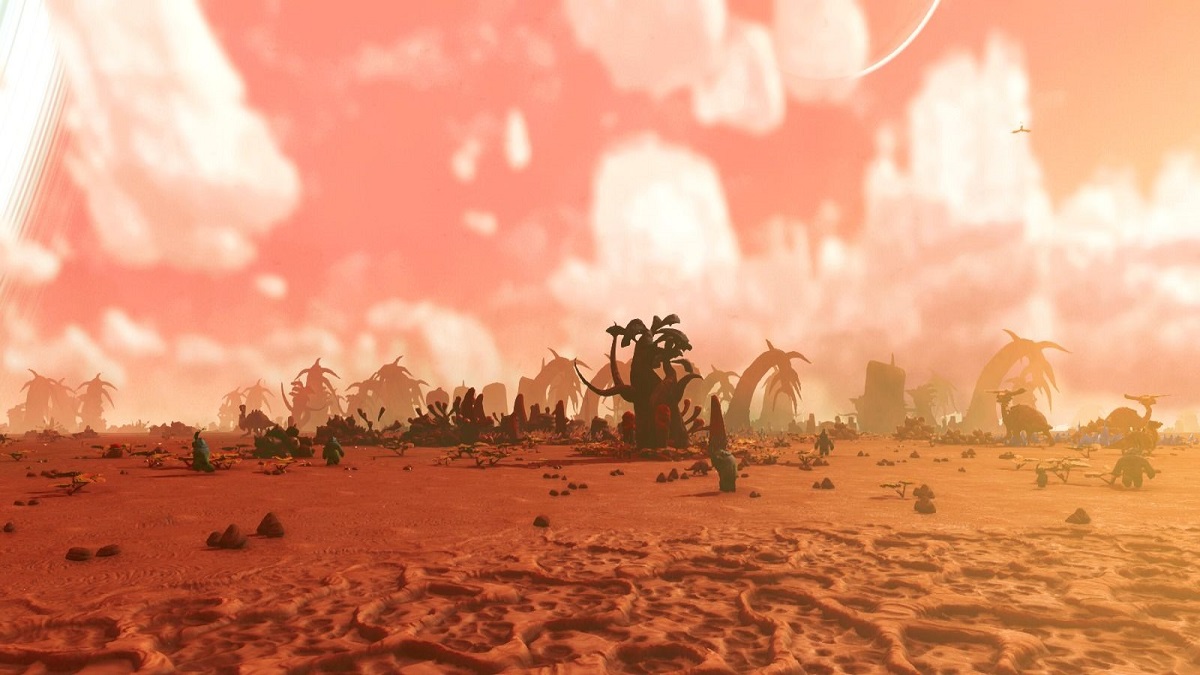
Radioactive planets pose a different kind of challenge compared to Volcanic planets. You will need your bio-hazard suit at full capacity to survive these worlds since radiation poisoning can and will happen very quickly without it. These worlds are uninhabitable and as such, should only be used for mining purposes. You will get a good amount of minerals here if you do choose to mine.
Radioactive planets are the main sources of Uranium and Radon, materials you will need for both trading and crafting. Uranium is also used for fueling up your radiation deflectors and starship’s launch thrusters, both of which are essential to survival on Radioactive planets. Don’t spend too much time on these planets and always be on the lookout for radioactive storms.
9) Toxic
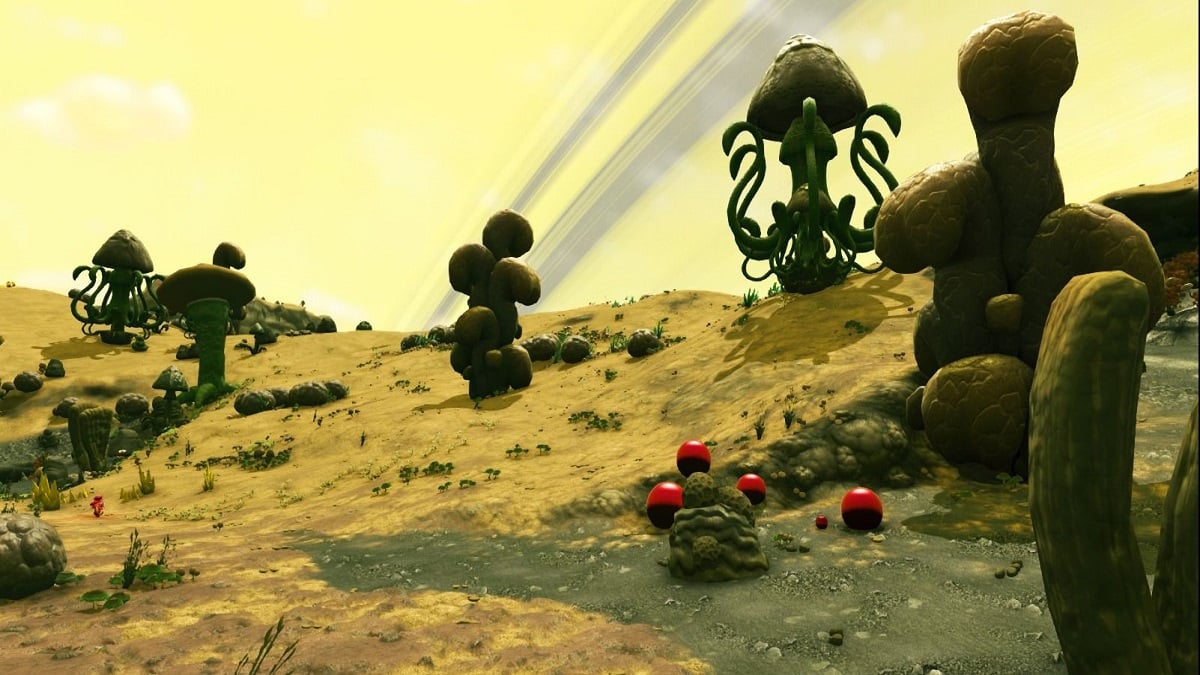
Similar to Radioactive planets, Toxic planets are blanketed by noxious gases that make them inhospitable to fauna. But you will find several kinds of flora growing here, albeit mutated and toxic. Traversing the terrain on Toxic planets can be quite challenging since there is very little land that is safe to cross including massive pools of toxic liquids instead of water.
You will find a lot of Ammonia, Nitrogen, and Fungal Mould on Toxic planets. Similar to Uranium, Ammonia can be used to recharge your radiation deflectors while Nitrogen comes in handy for recharging and refining. Make sure you carry enough resources to restore your bio-hazard suit because it will rapidly lose durability the longer you are on these planets.
8) Scorched
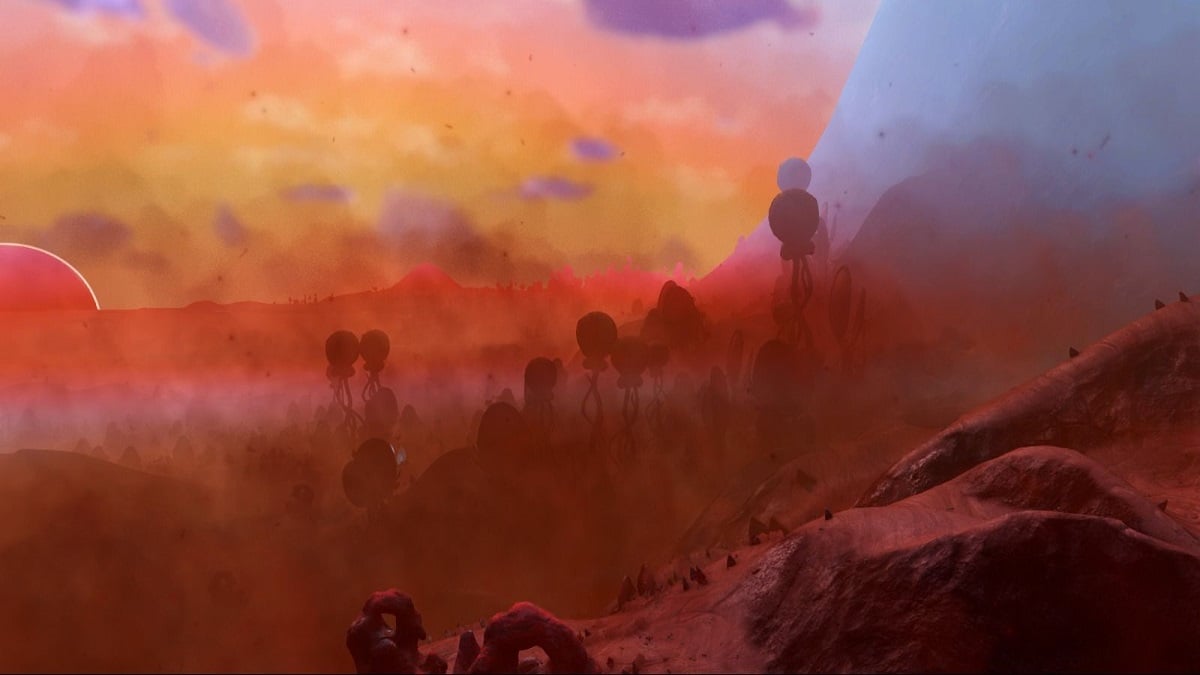
Scorched planets are like Volcanic planets, only turned down a notch. The terrain here is always hot and prone to fire storms. The weather on Scorched planets is quite unpredictable as well, changing from clear skies to extreme weather very rapidly, leaving you to survive in harsh conditions. This is yet another archetype where bio-hazard suits are a must, so make sure you bring resources along.
When it comes to the resources on these worlds, you will find Phosphorus, Solanium, and Sulphurine in abundance on Scorched planets. Mine them to your heart’s content and use the excess Phosphorus you gather to recharge your mining beam so that you can keep gathering. Just remember to take off before your hazard protection runs out.
7) Frozen
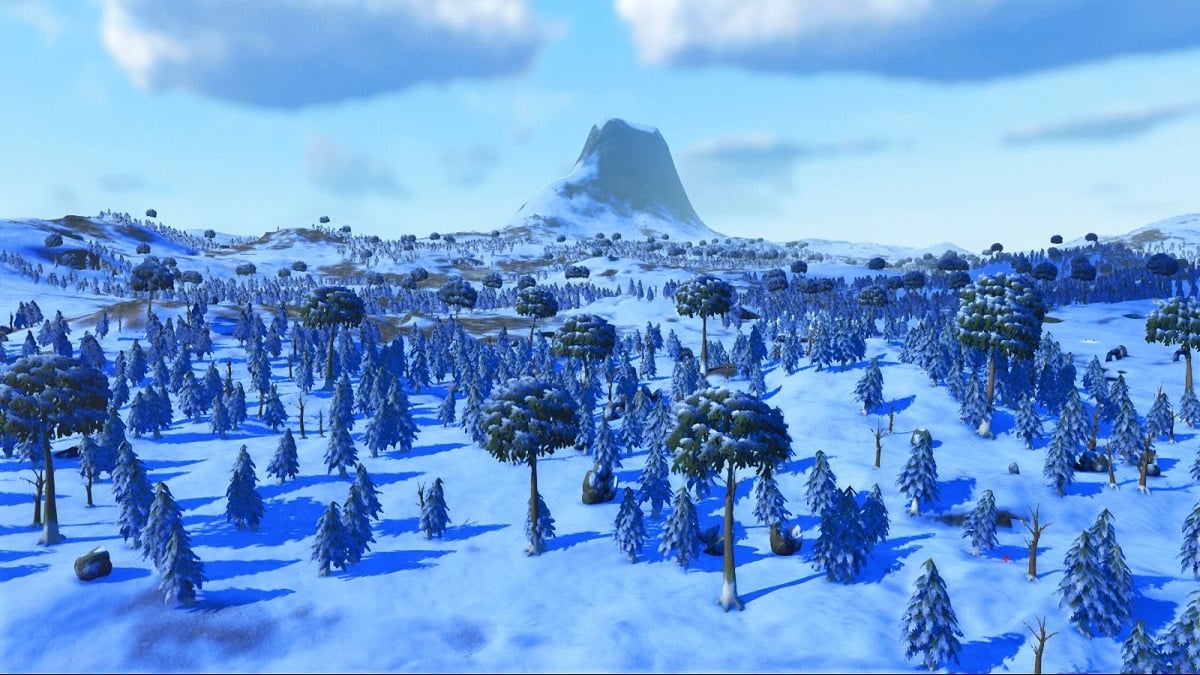
Frozen planets are the complete opposite of Scorched planets. By now, you might have enough experience dealing with hot and toxic atmospheres, but freezing temperatures are a different type of challenge. As the name implies, the terrain on these planets is frozen with a lot of snowstorms that run rampant at all times. Dodging these storms and finding a safe place to harvest is key.
You can harvest a lot of Dioxite and Frost Crystals on Frozen planets while you have a good chance to gather up a number of Storm Crystals. Make sure your suit comes equipped with extra thermal layers to protect yourself against the extreme cold while you harvest minerals and frozen plants. These planets also offer good opportunities for a secondary base if you so choose.
6) Dissident
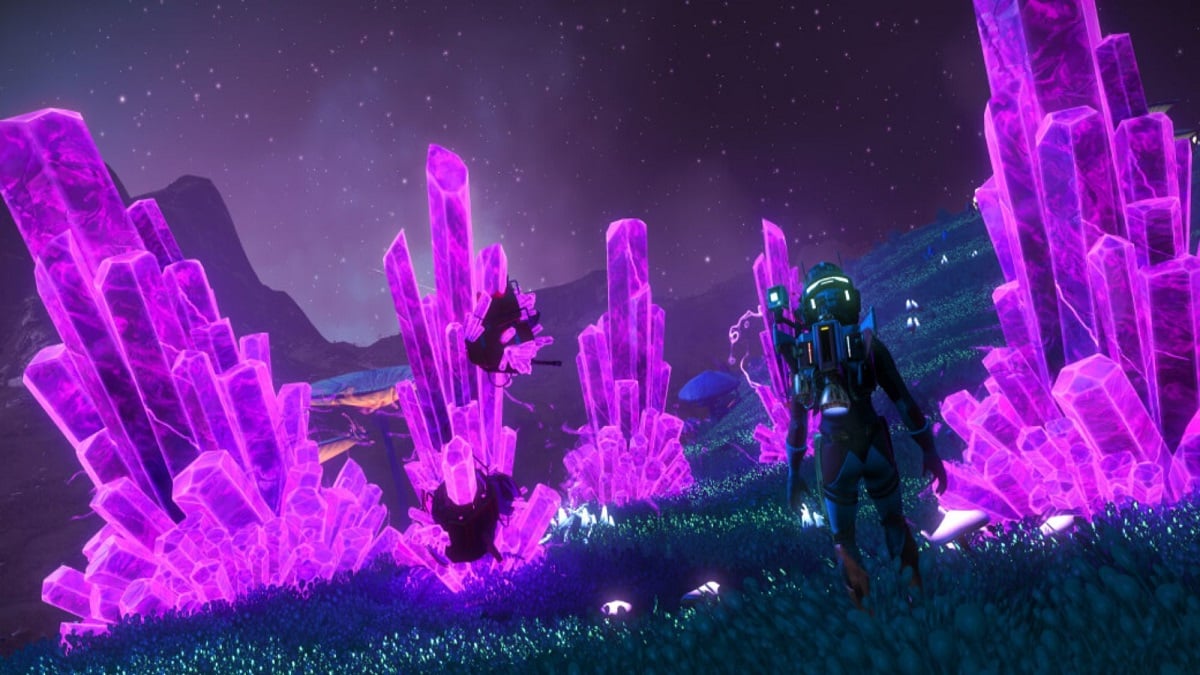
Dissident planets can be quite difficult to set up on because they are ruined husks of civilizations that were once prestigious. As you explore Dissident planets, you will find several sentinel forces all over the world that will mostly be docile because of their corruption by an alien virus. These forces can be identified by their purple aura and an overgrowth of crystals around them.
If you happen to be looking for Sentinel Interceptor Starships, these are the planets you need to go to. Apart from these, resources like Atlantideum, Living Fragments, and Crystallized Hearts can be found here as well. Making a base on these planets is generally not the best idea, but if you already have a primary base, you can use these planets as a harvesting site.
Harvesting robotic parts is the one reason why these planets are sought out. Since the defending forces will be quite docile, you should not have too much trouble avoiding them and getting what you want from Dissident planets.
5) Barren
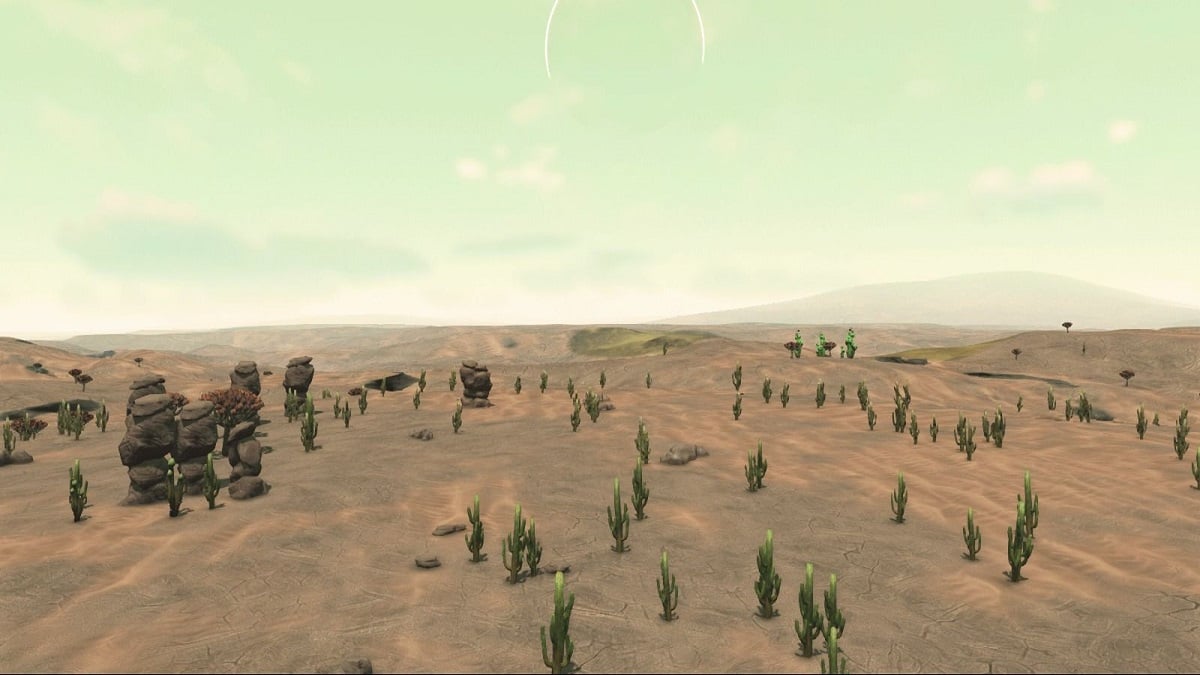
Barren planets might not sound like the best places to build a base in, but they can be surprisingly useful. To start off, you don’t have to worry about dangerous environments so you won’t need your bio-hazard suit as much compared to the more dangerous planets. But there are several deserts on Barren planets that kick up heat storms, so be mindful of those.
As expected of deserts, expect to find a lot of Cactii on Barren planets. The wildlife can be quite scarce though, leaving very little flora and fauna to work with. In the absence of better worlds, Barren planets can be a good candidate for secondary bases after you sweep the planets of all potential threats, especially alien sandworms.
4) Dead
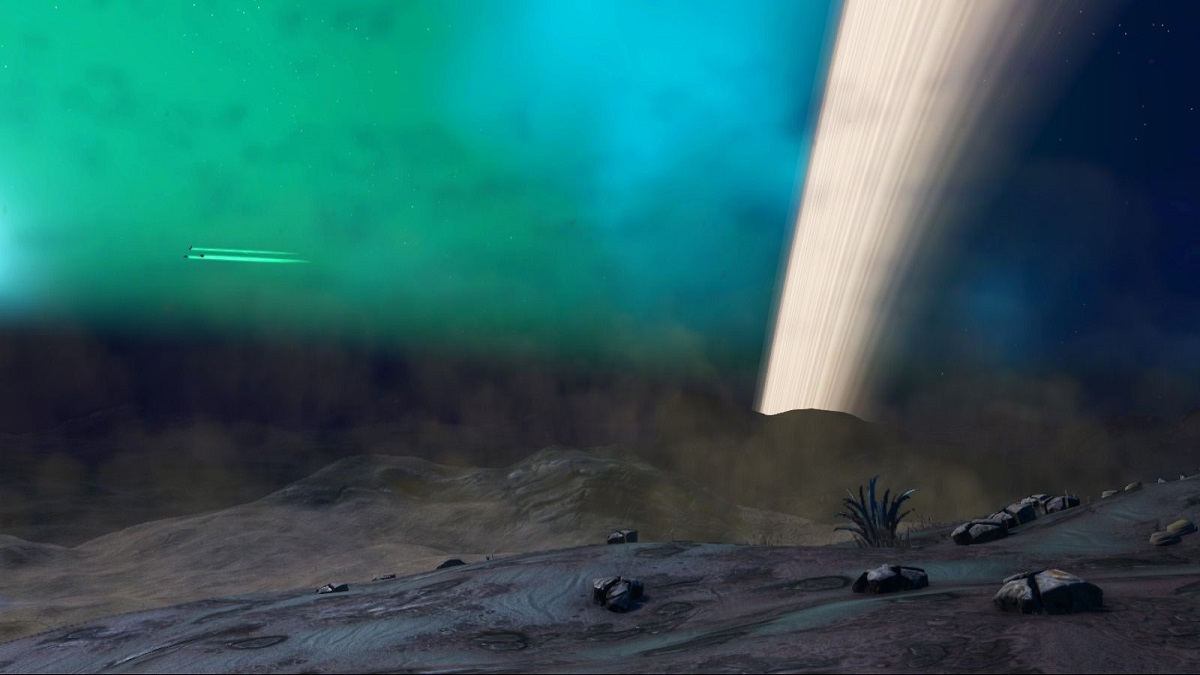
Dead planets are basically what happens to Barren planets once the atmosphere fades away. Since these planets are devoid of an atmosphere, however, you will not have to worry about any hazardous elements or contend for supremacy with hostile aliens. Since these planets are dead, you will also not find any flora or fauna here since nothing can survive.
If you haven’t found a good planet to call home yet, we suggest Dead planets as viable candidates. Since there is no life to be found here, you have little to no chance of being attacked. The resources you will find here are highly abundant in number so make sure to periodically collect as much as possible before you decide to move on.
3) Marsh
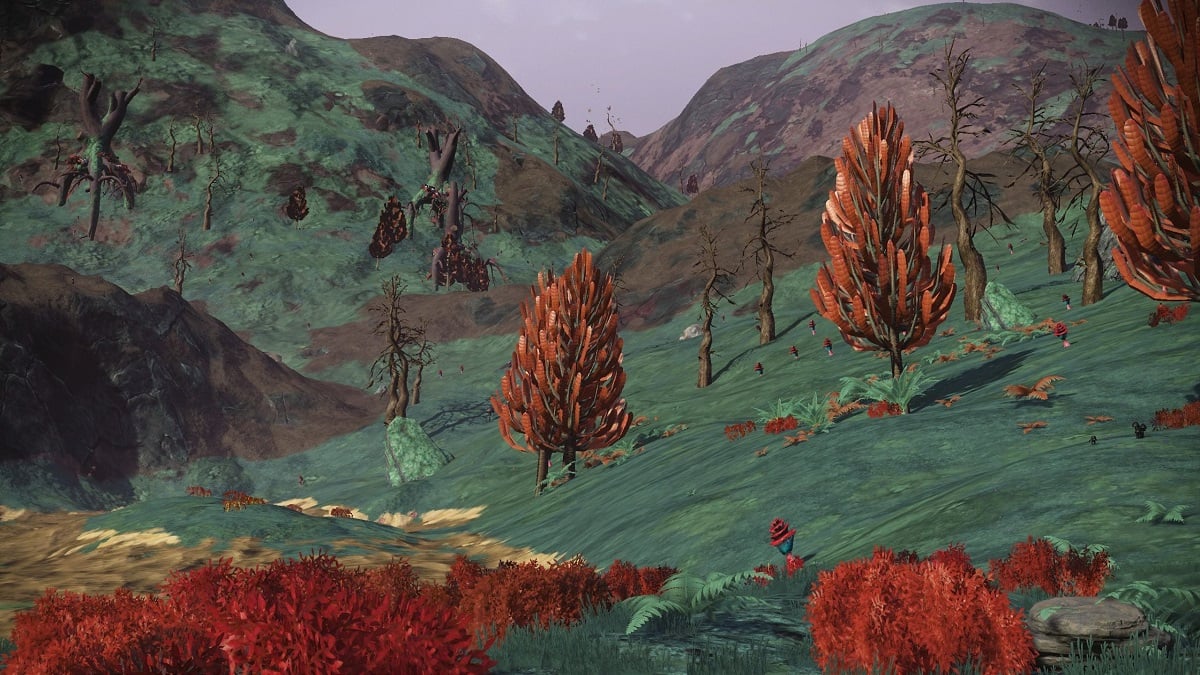
Marsh planets are the first archetype that somewhat resembles Earth. Unlike most of the other planet types you have visited thus far, Marsh planets have no hazardous environments or cause toxic damage. Because of this, you will have little to no need for your bio-hazard suit and you should be able to traverse these planets freely.
There are some instances where a Marsh planet could have a toxic environment, however, so make sure you have your suit ready. The flora and fauna thrive in abundance on these planets, so if you are looking for resources such as Pariffinium between the swamps, this is your spot.
The trade-off is that these planets are generally lacking minerals compared to other toxic planets, except for Faecium and Mordite. Marsh planets are great for building bases on, so if you land on one of them, find a non-toxic environment and create your first home here.
2) Water World
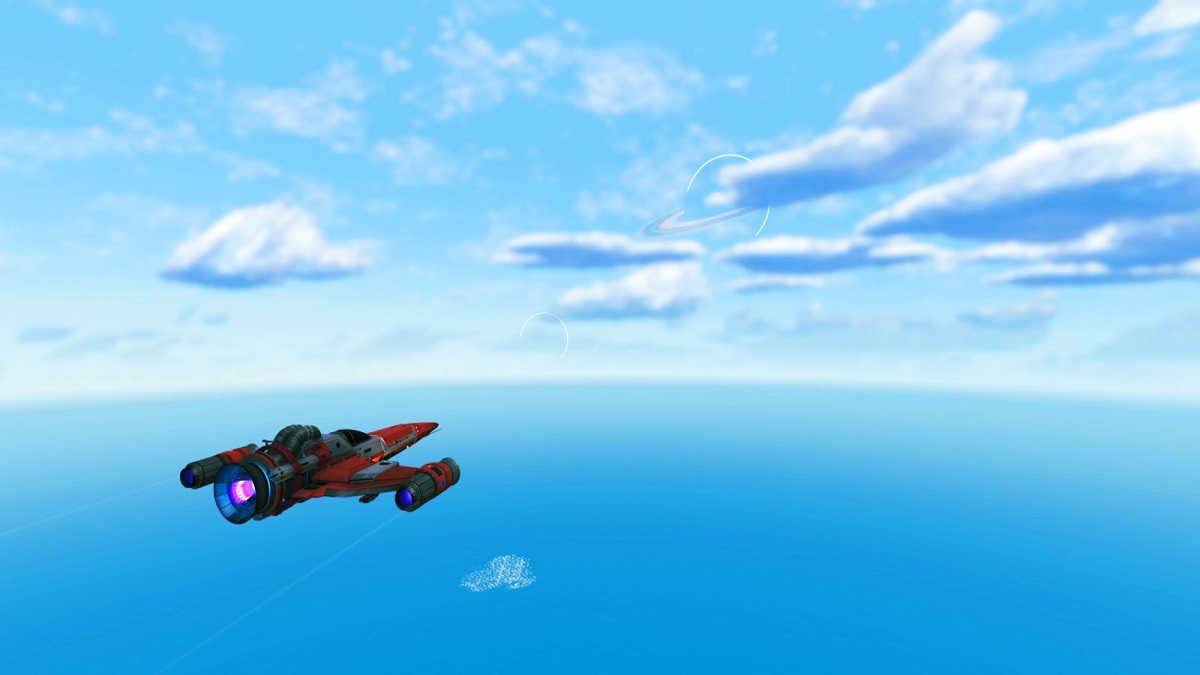
The second archetype that resembles Earth would be Water Worlds. As their name suggests, these planets are giant spheres of water with occasional patches of land that you can land your starship on. If you manage to build the Nautilon exocraft, you should be able to traverse the oceans on these planets and acquire everything they have to offer.
If you thought you couldn’t build a base on a Water World, think again because the Nautilon exocraft will help you find an ideal undersea location for your very own underwater fortress. Having an undersea base has its advantages, allowing you easy access to the ocean’s bounty and providing a unique scenic experience for your base.
1) Lush
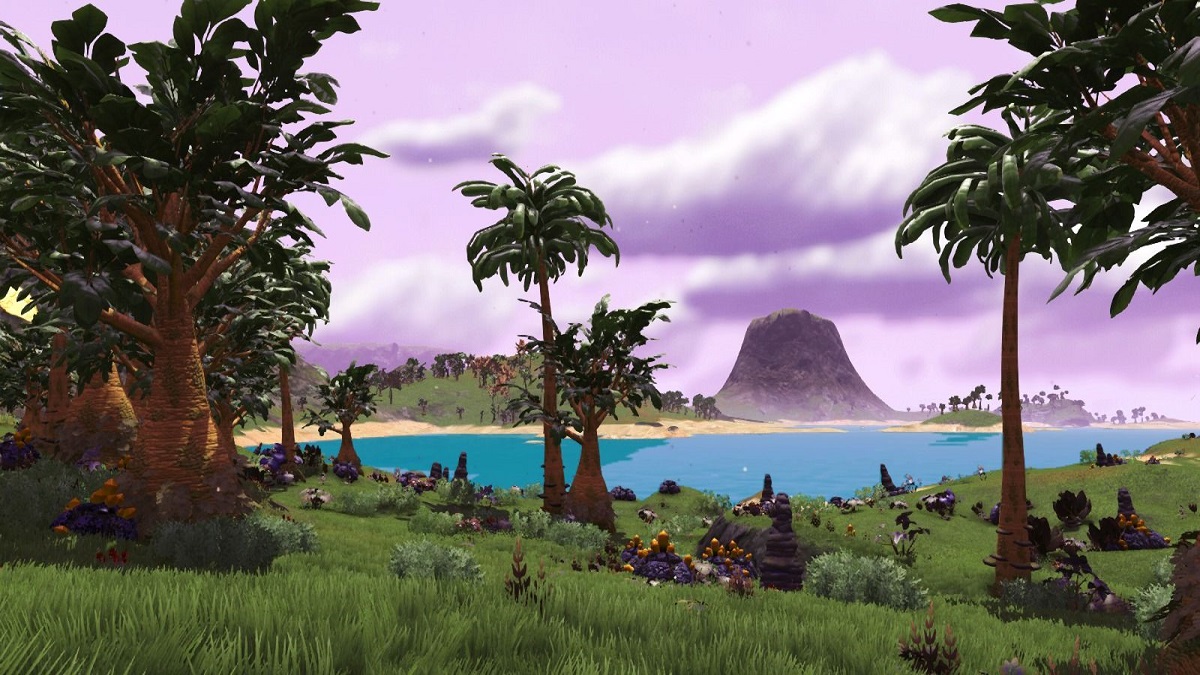
The third and final archetype of planet that is similar to Earth would be Lush planets. These are the most ideal and sought-after worlds to land on since they have an abundance of flora, fauna, and minerals. These planets have an atmosphere similar to Earth as well, so expect no environmental hazards at all with plenty of lush greenery and water to live on.
If you come across a Lush planet, making your first base here is instrumental to your early success. These planets provide you with everything you need to start up a colony and are more likely to spawn in yellow solar systems. If you play No Man’s Sky multiplayer with friends, these planets are the perfect place to build a functioning base together.
Special mention: Mega Exotic
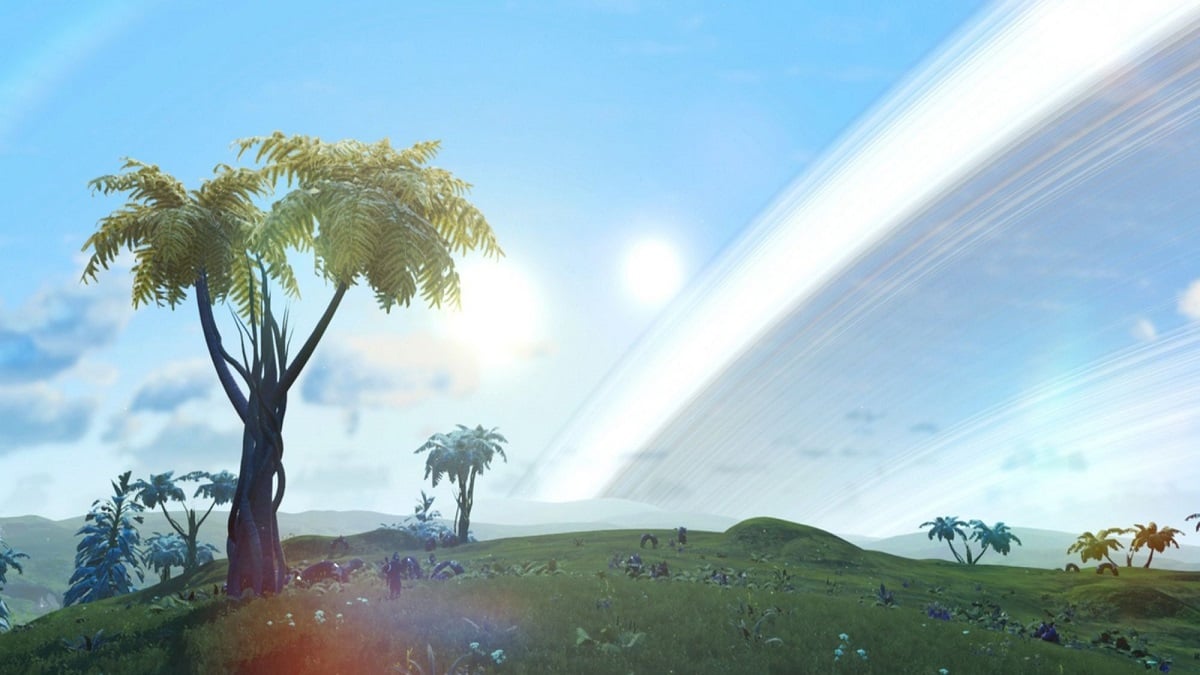
Exotic planets are special because they offer the most variety in everything you come across. They are truly wildcard planets that can spawn different types of flora and fauna, generate random weather patterns, and provide an abundance of unexpected resources that would normally be hard to come across on other planets.
Taking it a step above, we have Mega Exotic planets. These planet types are less random since they come in four different variations.
- Red Mega Exotic planets: Abundance of minerals.
- Blue Mega Exotic planets: Abundance of water bodies and aquatic life.
- Green Mega Exotic planets: Abundance of flora and fauna.
- Other Mega Exotic planets: A variety of everything.
These planets are also considered to be some of the best to build bases on, so if you find no better options, choose any of the Exotic or Mega Exotic planets and you should be good to go


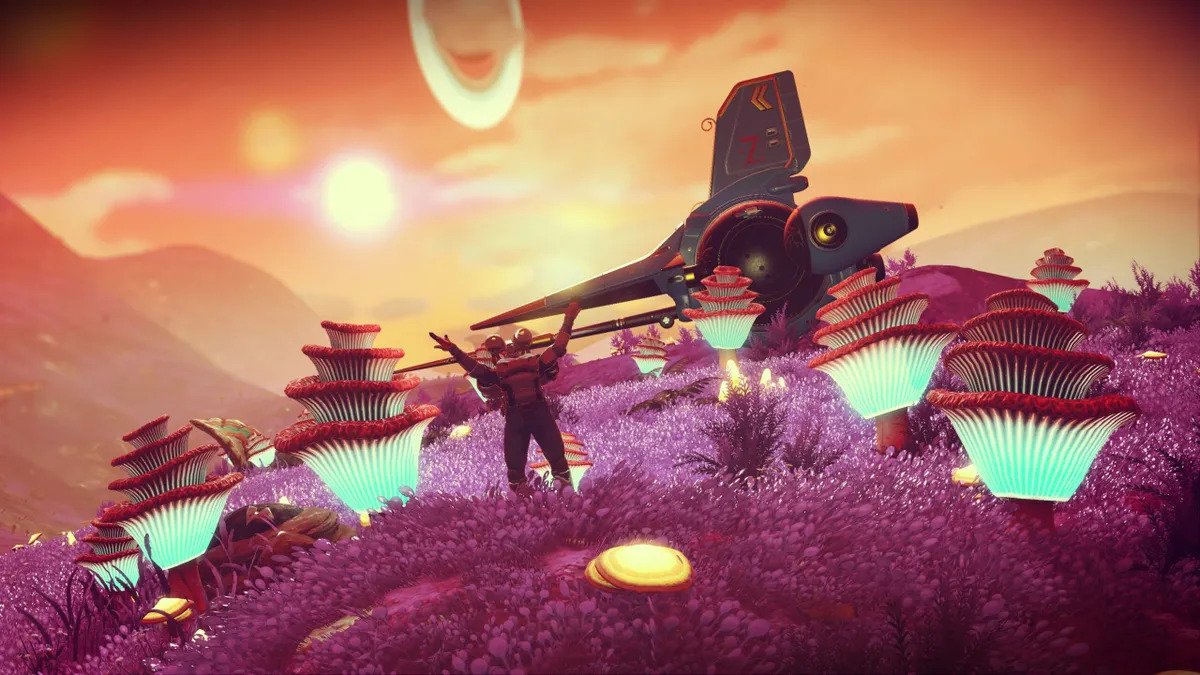
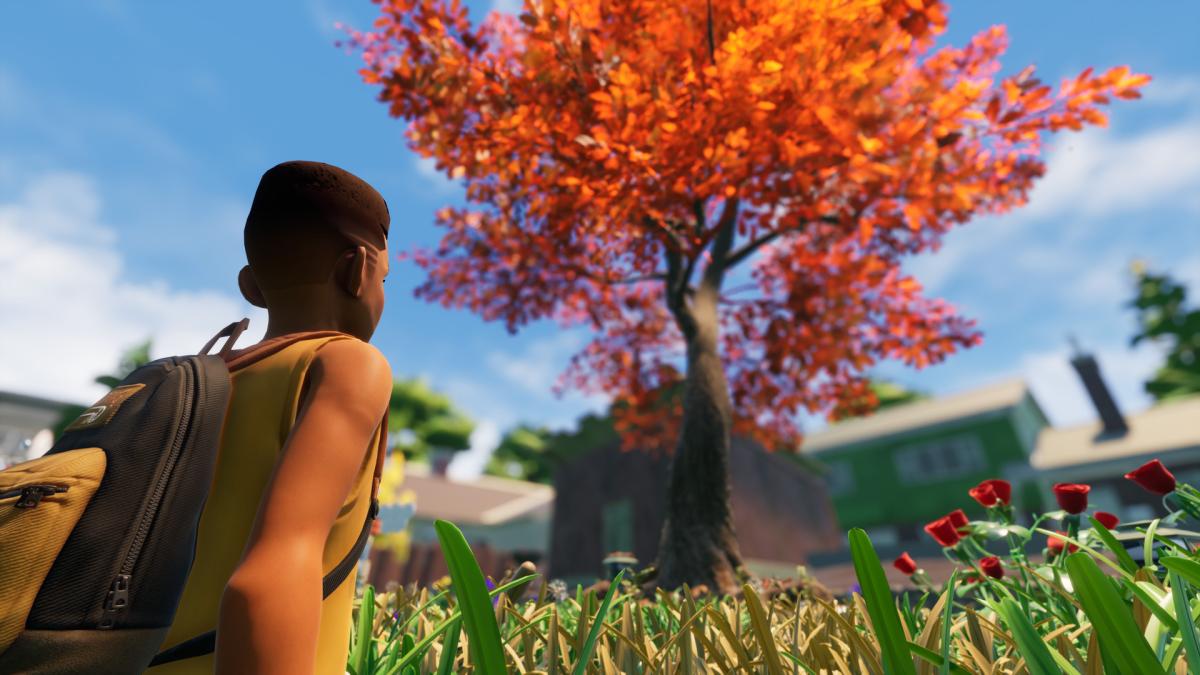
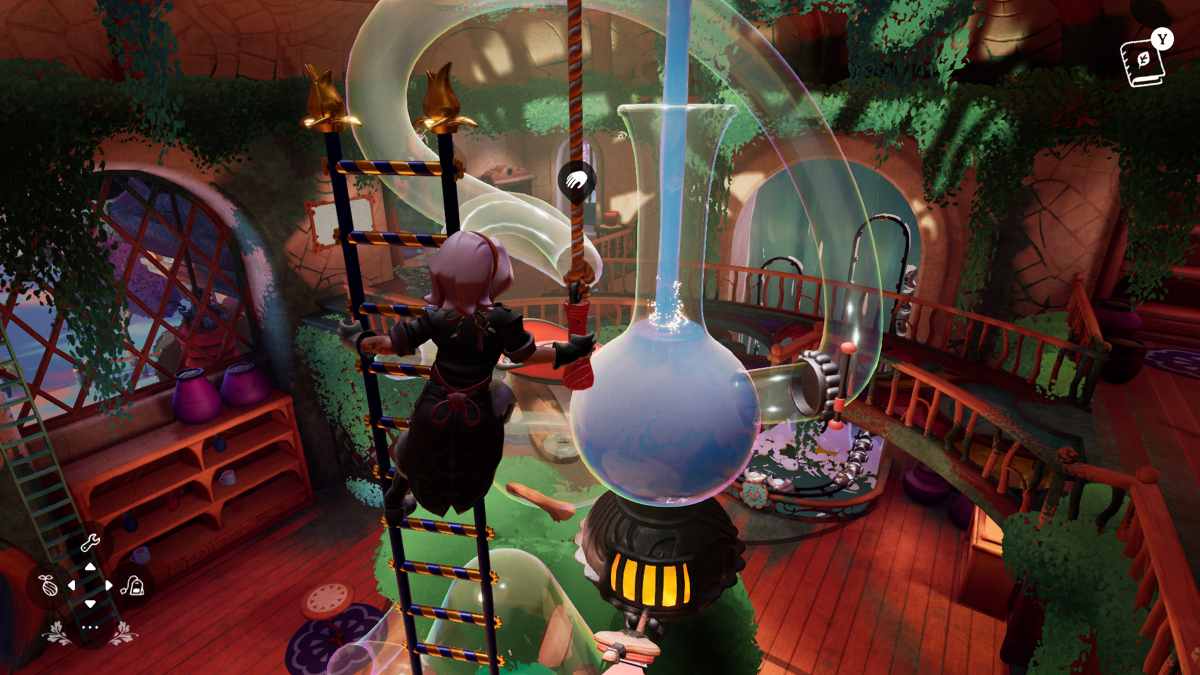
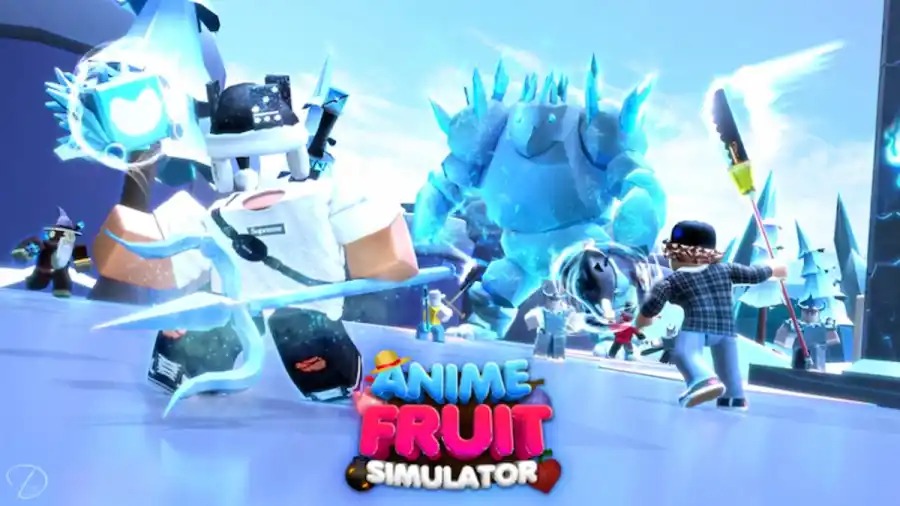
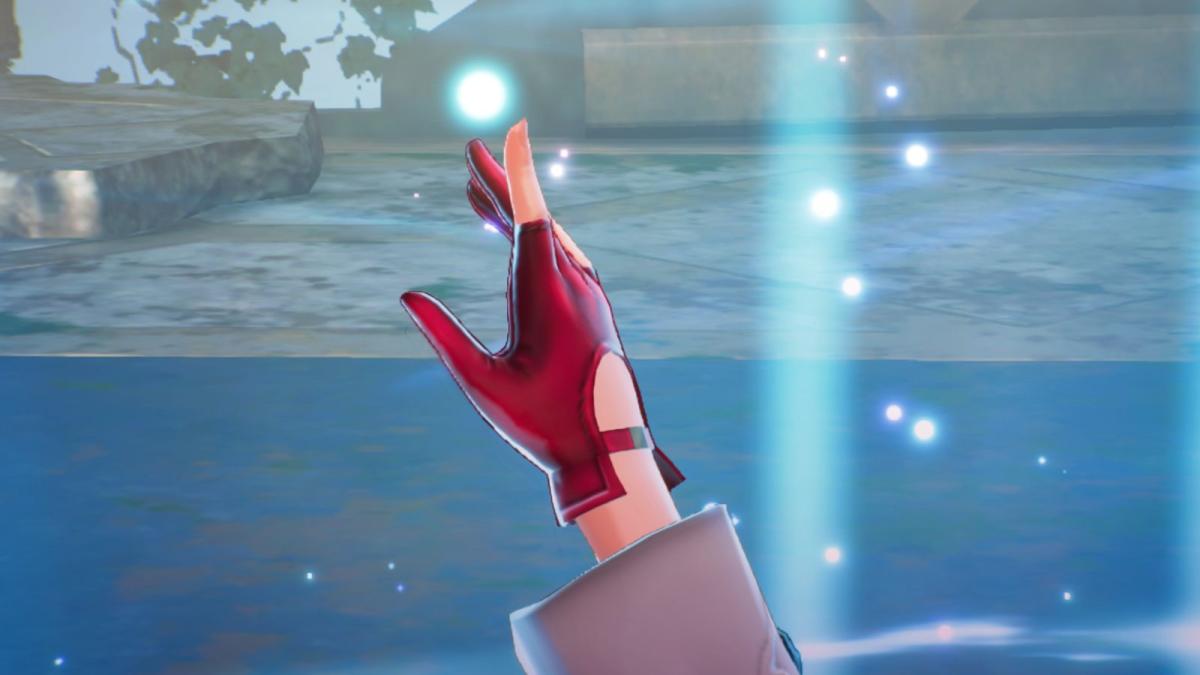
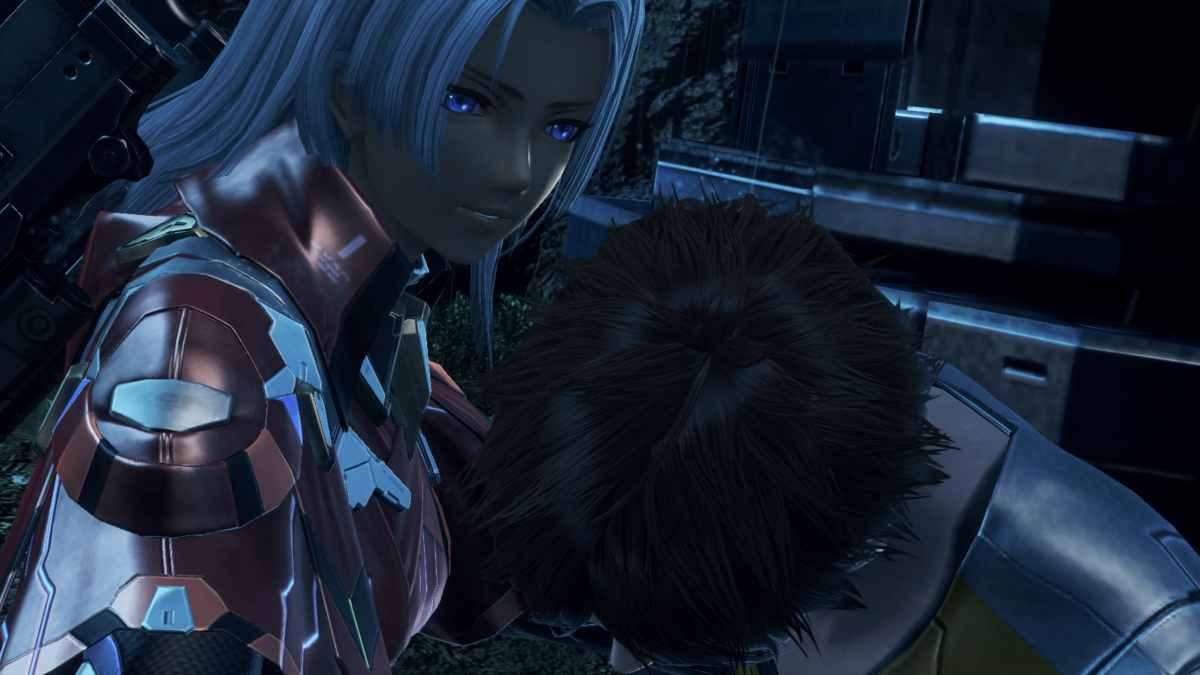
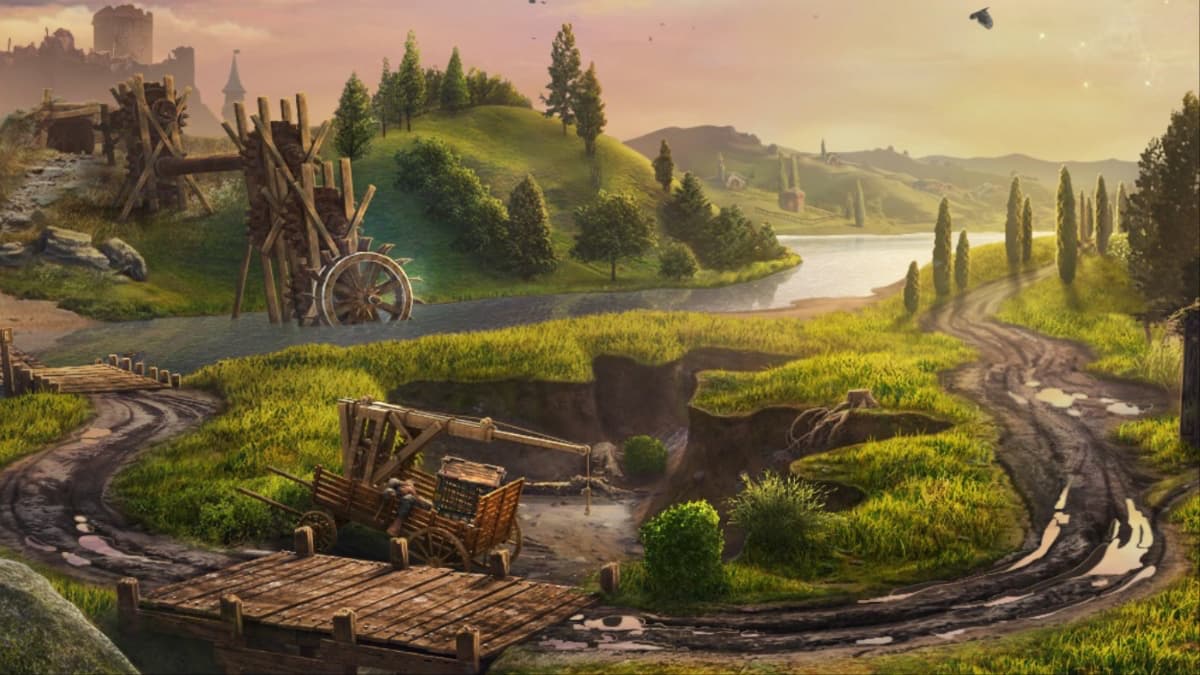
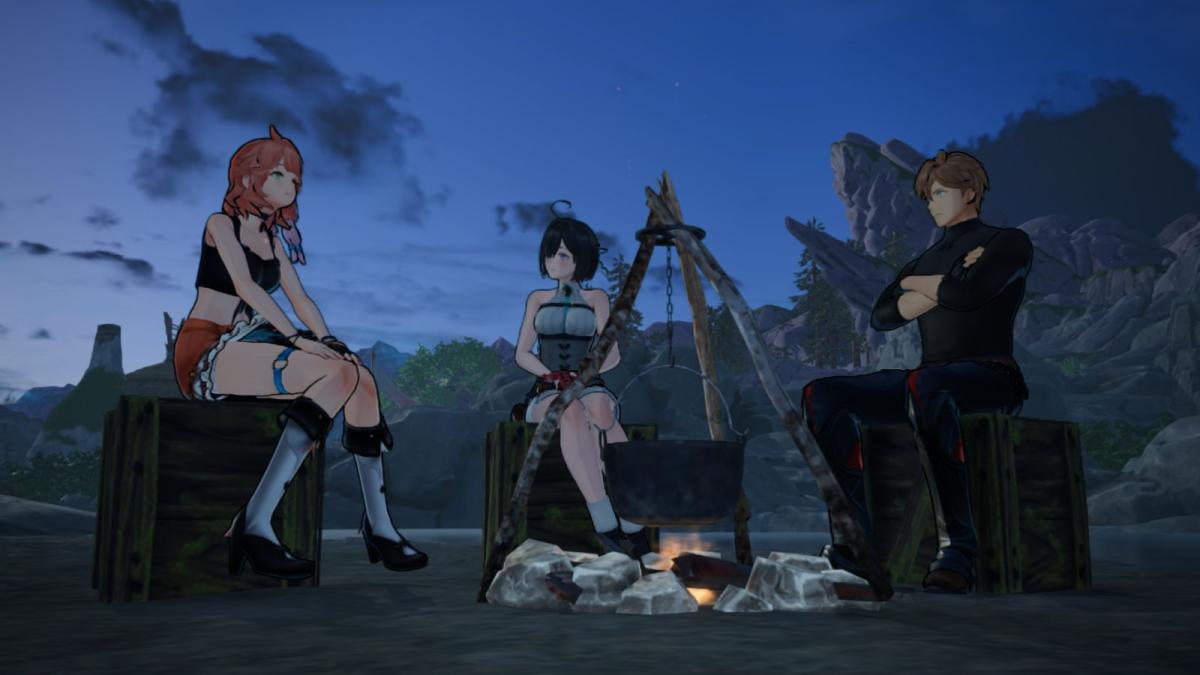
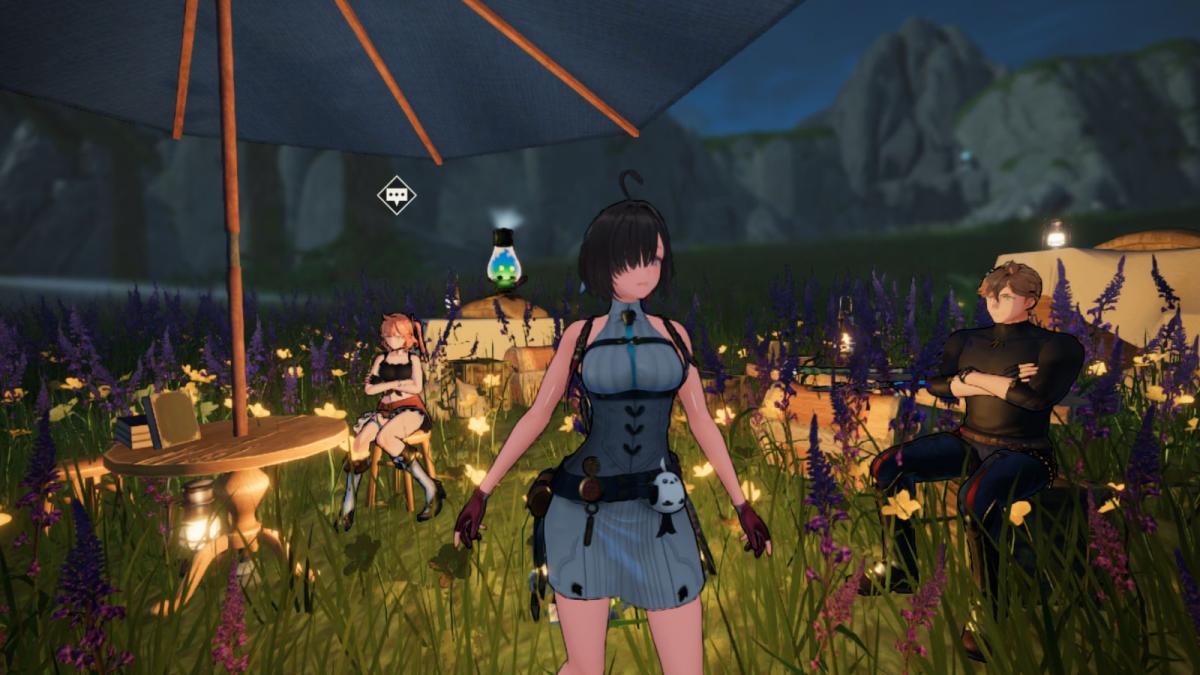

Published: Jun 29, 2023 06:58 am